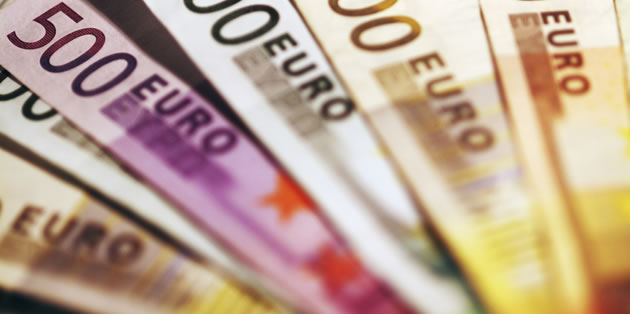The Euro to New Zealand Dollar (EUR/NZD) exchange rate recorded gains on Tuesday as a result of dairy poison fears, while the Euro to Australian Dollar (EUR/AUD) exchange rate remained in a tight range.
The New Zealand Dollar softened on account of anonymous letters sent to the Federated Farmers of New Zealand and Fonterra in November 2014 along with samples of infected milk powder. The writer suggested that certain pesticides must be removed from farming by the end of March otherwise baby formula would be poisoned.
As dairy is New Zealand’s largest export, any events that could damage its outbound products could be devastating for the ‘Kiwi’.
Earlier… The Euro to Australian Dollar (EUR/AUD) and Euro to New Zealand Dollar (EUR/NZD) exchange rates were trending higher in the first part of Monday’s European session after the European Central Bank (ECB) embarked on its new quantitative easing (QE) programme.
The central bank has faced speculation in past months over whether there would be a problem in acquiring enough bonds for the programme; however, it appears that the stimulus measure has kicked off without a hitch.
Meanwhile, the foreign exchange market appears less than concerned about the possibility of Greece leaving the Eurozone. The possibility of a Grexit has previously hindered financial markets yet developments between Greece and its creditors have failed to shake the Euro exchange rate too significantly in recent weeks.
Industry expert Tidjane Thiam commented: ‘Financial markets seem remarkably relaxed about a potential Grexit; they believe that either it will not happen, or it will not matter. That belief deserves to be challenged.’
Australian Dollar to US Dollar (AUD/USD) and New Zealand Dollar to US Dollar (NZD/USD) Fall on Labour Market Data
However, the Australian Dollar and New Zealand Dollars both fell on strong US employment sector data on Friday—a factor that boosted the US Dollar (USD) and saw hypothesis strengthen that the Federal Reserve may hike interest rates in the near future.
The Australian Dollar hit a six-year low versus the Euro (AUD/EUR) while the New Zealand Dollar to US Dollar (NZD/USD) shed over 1 US cent.
Bank of New Zealand strategist Kymberly Martin commented: ‘At least Australian’s are not alone in the currency response. Really, it was a stronger US Dollar across the board.’
However, the Australian and New Zealand Dollars were offered some support on favourable Chinese data which emerged on Sunday.
China’s trade surplus hit a record high in the month of February driven by a sharp rise in exports. The Chinese Trade Balance reached $60.62B from $60.03B in January, a far more favourable figure than the $6.00B forecast.
Exports jumped by 48.3% on the year in February after January’s positively revised -3.2% and expectations for only a 14.0% rise. Imports fell further from -19.7% to -20.5%.
The Australian Dollar to Euro (AUD/EUR) and New Zealand Dollar to Euro (NZD/EUR) exchange rates could be in for further fluctuations in Monday’s European session with the release of Australian Weekly Roy Morgan Consumer Confidence and New Zealand Card Spending stats still to come.
Retail Card Spending is expected to increase by +0.4% in February after January’s -0.4% contraction.
Euro Exchange Rate Forecast: EUR/AUD, EUR/NZD
Monday saw the Eurozone Sentix Investor Confidence index reach the highest level since 2007 in March at 18.6—a dramatic turn of events considering economists had forecast only a rise from 12.4 to 15.0.
However, other ecostats could influence the single currency this week such as final German Consumer Price Index figures on Thursday. In addition, Wednesday is scheduled to see European Central Bank (ECB) President Mario Draghi speak which could throw the proverbial cat amongst the pigeons dependent on what his Frankfurt appearance reveals.
The Euro to New Zealand Dollar (EUR/NZD) exchange rate is reaching 1.4748. The Euro to Australian Dollar (EUR/AUD) exchange rate is trending in the region of 1.4084.



